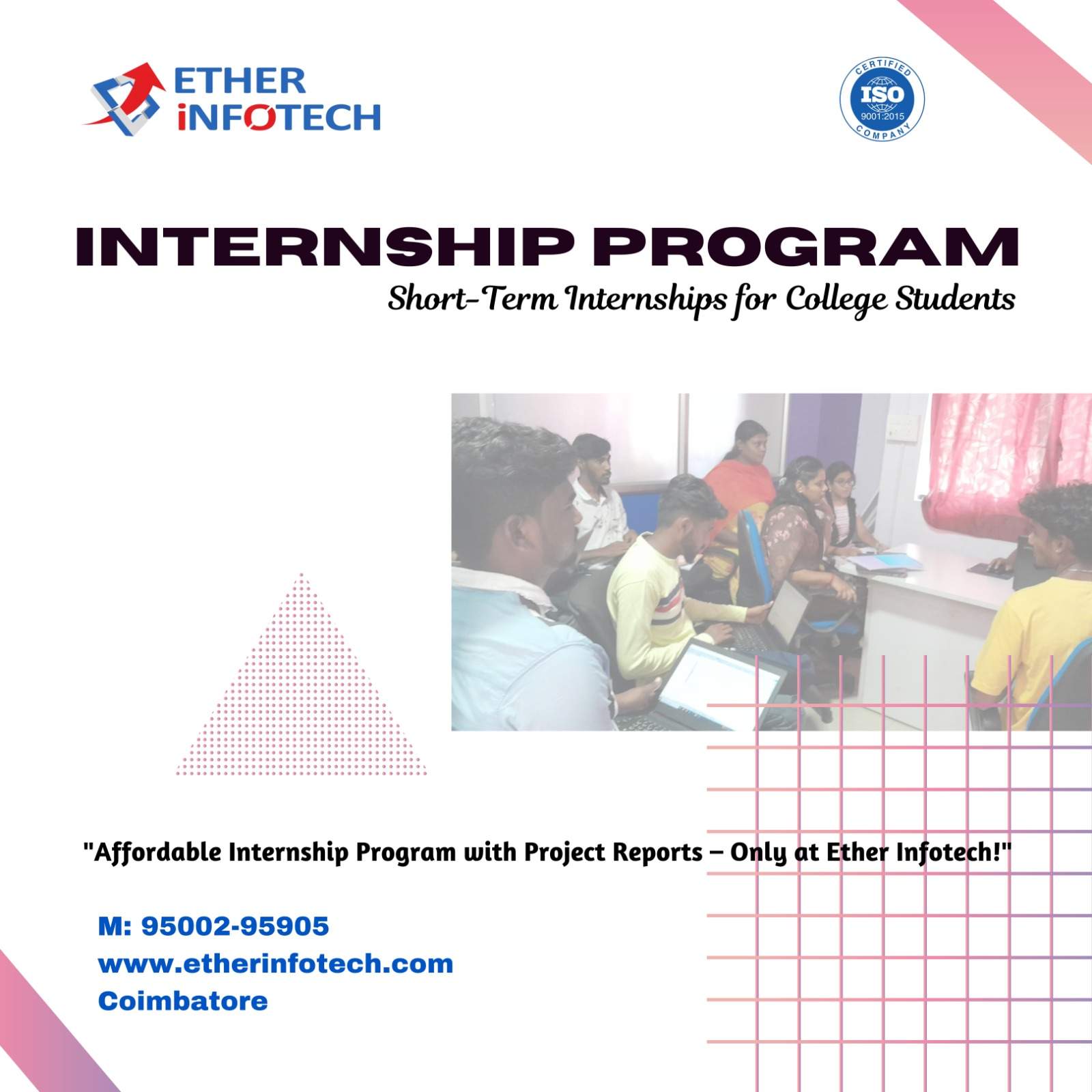Introduction: Java has been a stalwart in the world of software development, and its popularity continues to grow as it evolves to meet the demands of the industry. As we step into 2023, there are several emerging trends and technologies that Java developers should keep a close eye on. In this blog, we will explore the Java trends and technologies that are set to make an impact in 2023, helping developers stay ahead of the curve and leverage the full potential of the language.
- Reactive Programming with Spring WebFlux: Reactive programming is gaining momentum, and Spring WebFlux provides a powerful framework for building reactive applications in Java. We’ll delve into the principles of reactive programming and explore how Spring WebFlux enables developers to build highly scalable and responsive applications using non-blocking I/O. We’ll discuss the benefits of reactive programming in terms of performance, scalability, and resilience.
- Kubernetes and Java: Orchestration for Cloud-Native Applications: As cloud-native development becomes the norm, Kubernetes has emerged as a leading container orchestration platform. We’ll explore how Java applications can leverage Kubernetes for deployment, scaling, and management in a cloud-native environment. We’ll discuss the integration of Java with Kubernetes and explore the tools and frameworks that facilitate Java development in a containerized world.
- Serverless Computing with Java: Serverless computing has transformed the way applications are developed and deployed. We’ll explore how Java developers can leverage serverless architectures using platforms like AWS Lambda, Azure Functions, and Google Cloud Functions. We’ll discuss the benefits of serverless computing, such as reduced infrastructure management and automatic scaling, and explore how Java fits into the serverless paradigm.
- GraalVM and Ahead-of-Time Compilation: GraalVM is a cutting-edge technology that provides a high-performance runtime for Java applications. We’ll delve into the concept of ahead-of-time (AOT) compilation offered by GraalVM and explore its benefits in terms of faster startup times and reduced memory footprint. We’ll discuss how GraalVM enables developers to build efficient and lightweight Java applications.
- Machine Learning with Java: Machine learning has become a crucial aspect of software development, and Java is not left behind. We’ll explore the Java libraries and frameworks, such as Deeplearning4j and Weka, that enable developers to build and deploy machine learning models. We’ll discuss the integration of Java with popular machine learning platforms and explore the potential of Java in the field of artificial intelligence.
- Jakarta EE: The Future of Enterprise Java: The evolution of Java EE into Jakarta EE signifies the continued commitment to enterprise Java and its alignment with modern application development practices. We’ll explore the latest advancements in Jakarta EE and discuss how it enables developers to build scalable, robust, and secure enterprise applications. We’ll also discuss the migration path from Java EE to Jakarta EE and its implications for developers.
Conclusion: In 2023, Java developers have an exciting array of trends and technologies to explore and leverage. From reactive programming and Kubernetes to server less computing, GraalVM, machine learning, and Jakarta EE, these advancements shape the future of Java development. By staying informed and embracing these trends and technologies, developers can unlock new possibilities, enhance their skills, and build innovative solutions in the ever-evolving world of software development.

